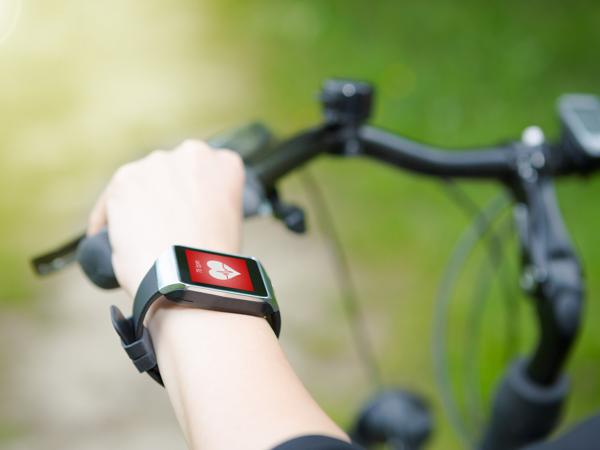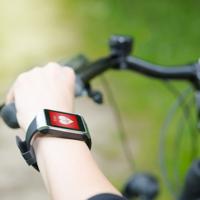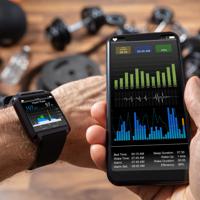In the ever-evolving world of technology, wearable devices have found a significant place in our daily lives. Among these innovations is the intriguing concept of biometric shirts. These garments promise to blend technology seamlessly with clothing, possibly bringing a new dimension to health monitoring.
What Are Biometric Shirts?
Biometric shirts are a type of smart clothing embedded with sensors. These shirts can measure various physiological parameters, providing valuable health data. Unlike traditional wearables like watches or bands, biometric shirts offer continuous monitoring and may capture more comprehensive data due to their full torso coverage.
How Do They Work?
The working principle of biometric shirts revolves around an array of sensors woven into the fabric. These sensors are typically non-intrusive, maintaining the comfort of a regular shirt while being capable of tracking:
- Heart rate: Through ECG (Electrocardiogram) sensors, similar to those used in medical settings.
- Respiratory rate: The rise and fall of the chest can be monitored.
- Muscle activity: Using EMG (Electromyography) sensors, these garments can track muscular exertion.
- Temperature: Integrated thermometers keep tabs on body temperature fluctuations. For more information on using smart thermometers for fever tracking, see Using Smart Thermometers for Fever Tracking.
Some shirts use Bluetooth technology to sync data with a smartphone app or a compatible device, allowing users to access their health metrics easily.
Potential Benefits
The potential advantages of biometric shirts are diverse:
Constant Health Monitoring: These garments can provide continuous real-time monitoring, which might be more informative compared to periodic snapshots from other devices.
Exercise and Performance Tracking: For athletes, biometric shirts provide insights into performance by tracking muscle activity and heart rate during workouts.
Early Detection of Health Issues: Continuous data collection from health monitoring devices could help in noticing patterns or irregularities that could indicate health concerns, prompting further medical examination.
Improved Comfort: Since the sensors are integrated directly into the fabric, there might be increased comfort compared to some standalone wearable devices.
Current Examples
Several companies are at the forefront of biometric shirt development:
OMsignal: Known for their biometric shirts that offer heart rate monitoring, breathing rate, and movement tracking. Their shirts are designed with both fitness enthusiasts and health-conscious individuals in mind.
Hexoskin: Offers a smart shirt aimed at athletes and researchers, providing data such as heart rate, breathing rate, and movement.
Myant: Their Skiin line focuses on everyday biometric shirts that offer health monitoring capabilities while being stylish and comfortable.
Considerations and Challenges
While the potential benefits are promising, there are important considerations regarding energy efficiency.
Accuracy and Reliability
The accuracy of the data collected by these shirts can vary. It’s essential for users to understand that while they provide useful insights, they might not replace professional medical equipment entirely. Calibration and sensor placement can greatly influence the data's reliability.
Privacy Concerns
With health data being collected and possibly transmitted to various devices, such as Fitness Trackers, potential privacy concerns must be addressed. Users need to ensure their data is secure and handled with care, in accordance with applicable data protection laws.
Cost
Currently, biometric shirts can be more expensive than other health monitoring devices. Over time, as technology advances, the cost may decrease, making them accessible to a broader audience.
Conclusion
Biometric shirts offer an intriguing avenue for health monitoring, with the potential to integrate seamlessly into our lives. Their ability to provide continuous and comprehensive data could add significant value, especially for health enthusiasts and athletes.
As technology and research progress, these shirts may become a part of everyday life, aiding in personal health management. Being informed and mindful of the current capabilities and limitations is key as we explore this exciting development in wearable tech.
Remember, while they offer great potential, regular consultations with healthcare professionals remain critical for maintaining good health.




